The study
Dama the Copas, a store specialized in lingerie and bra fitting, founded in 2009, has an enlightening database on bra wearing and the right size in the Iberic Peninsula. This study, with data until october 2021, which is based on the more than 327 000 Bra Fittings conducted to this date, shows the habits, sizes, mistakes and preferences of women when it comes to choosing lingerie.
An increasing number of women know their size,
but is it the right one?
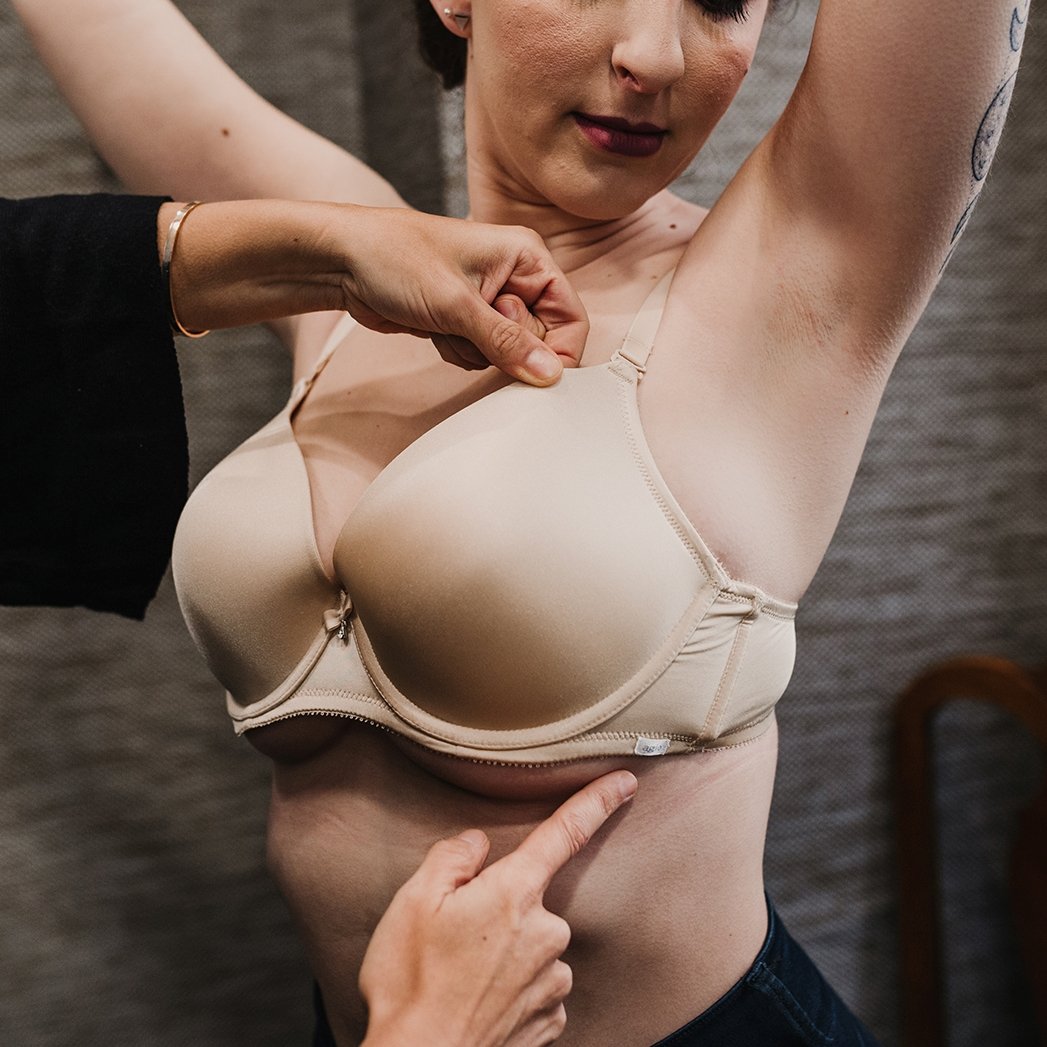
Let’s talk about sizes…
Although it seems logical that a greater offer makes woman more informed about bra sizes, may it be regarding the cup (it is no longer as hard to find options beyond B cup) or regarding the back, most woman still do not know her body proportions and size. According to our database, 4 in 10 woman that visit us do not know wich bra size they buy regularly and the other 6 know the size they usually buy but choose the wrong one. This makes complete sense, considering that 98% of woman that visit Dama de Copas change their bra size after their Bra Fitting.
Choosing cups that are too small and the band too wide and are two of the most common mistakes, being the 34C the most used wrong size, but let’s look at the real data: of the 140 102 clients only 0,3% are, effectively, this size.
The most common right sizes are…
In the Iberian Peninsula, the most common sizes are 32E, 32F, 32FF and 34E, 34F and 34FF, comprising 25% of our clients.
We conclude that, in general, woman know more about bra sizes, having lost the fear to C and D cups, mas still do not know how to choose their right size, which have consequences in shot, medium and long-term for breast health.
We remind you that each woman can have up to 5 right sizes within the same brand. Variations like shape, fabric and colour of the bra may mean a change in size.
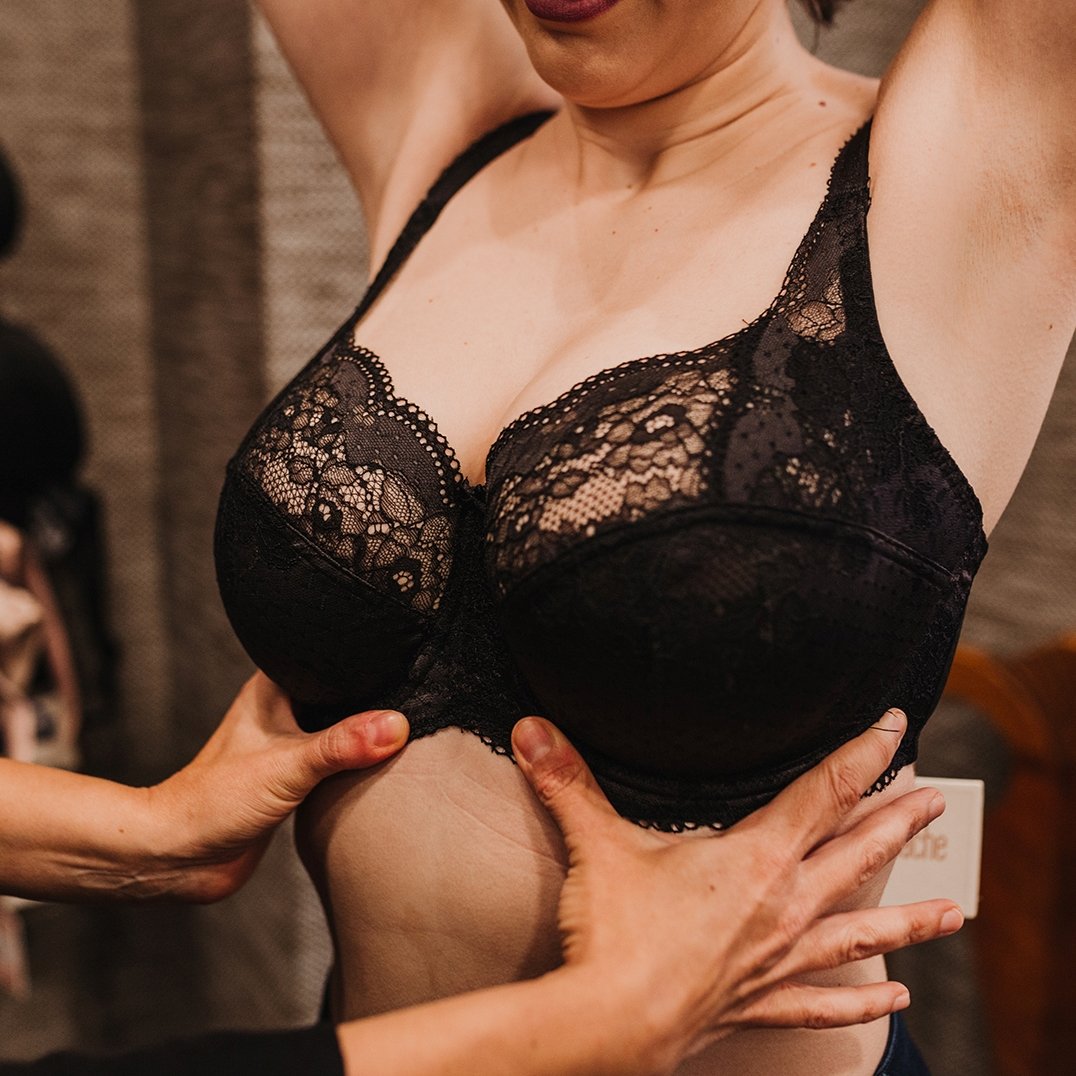
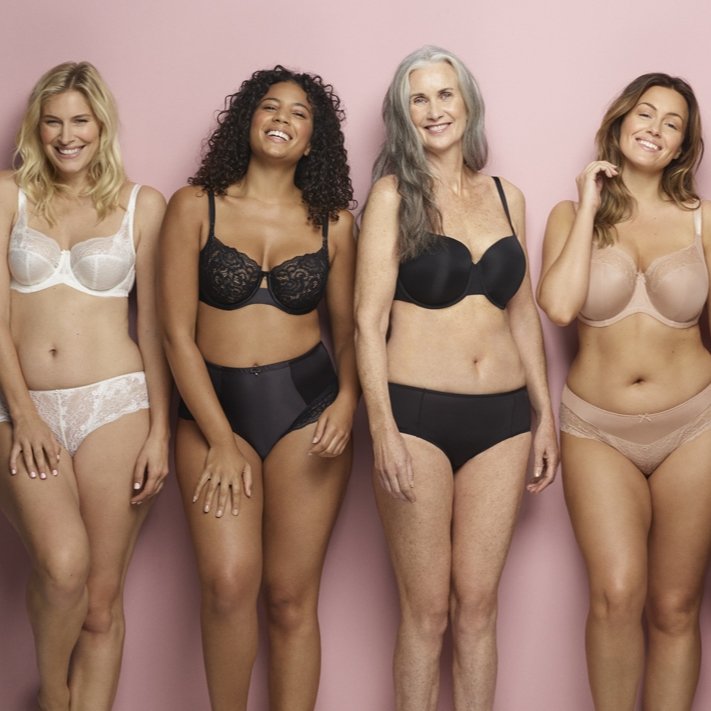
Let’s talk about age…
Band sizes 32-34 and F-FF cups are the most worn by women between 31 and 62 years old (29%), however, until 30, the most common band size is 30 (22%) and the most worn cups are F,FF and G. The most usual for most brands and lingerie stores is that most work with sizes starting ar 32 and only up to F cup, leaving the younger women of our society out of the market and forced to live with the wrong size. This is a mistake (and we do not say it lightly), as youth is the most appropriate moment to start preventing and taking care of the breast health. This age group makes about 6% of Dama de Copas clients, comparing to 17% in the next decade.
This data reinforces that younger woman do not feel included on the size system, beginning to give importance to this very essential topic in a woman’s life only from the age of 30, a time that usually major body changes occur, due to hormonal changes, weight gain and/or pregnancy.
Buying habits, styles and personal preferences give us away…
The last (pandemic) years have shown us small differences when it comes to choosing lingerie. The non-padded bras remain the favourites (55%), thanks to the versatility, comfort and security they provide to every size, while moulded cup bras are chosen by only 23% of cases. The big surprise are the Spacer Cups, being Cari the only model in the collection with this characteristics, one of the bras most chosen by clients (10%). A Spacer Bra distinguishes itself from a traditional moulded cup bra by its lightness and flexibility. Its cups are made by two 3D woven layers that are joined together by a spacer thread, which gives it more elasticity and makes it able to adapt to a wide variety of breast shapes.
The changes in lifestyle provoked by the worldwide COVI-19 pandemic as well as the last years fashion trends, led more and more woman to choose more comfortable models. The result? 1 in 10 bras sold at Dama de Copas is a non-wired model. Light and comfortable, they give a natural shape to the breast, beying Lyzy, a lace triangular bralette, is one of the favourites modeles, for combining fashion, sensuality and confort.
Less for day use, but equally loved, sports bras represent 13% of sales, as they can control breast movement up to 83% and provide versatility, security and support in any type of sport.
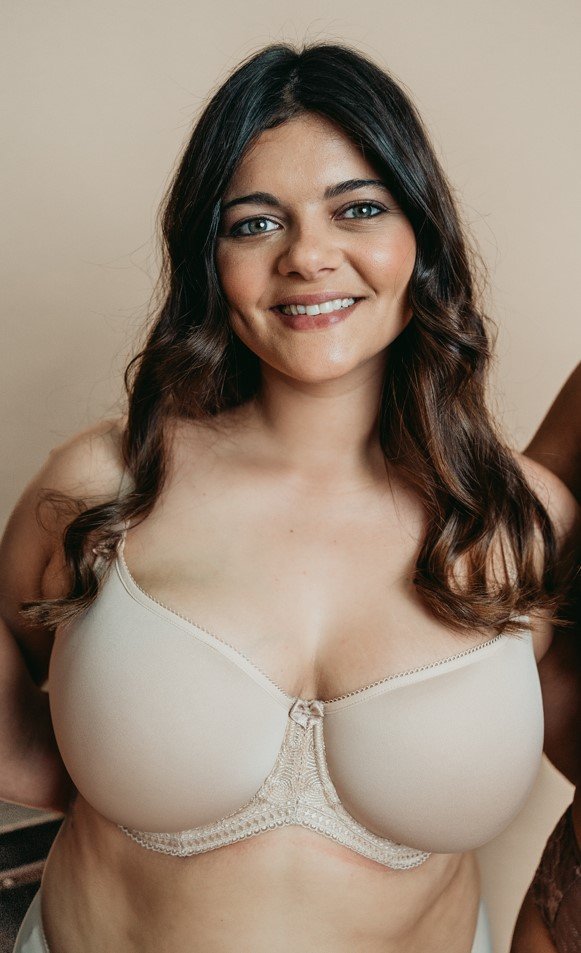
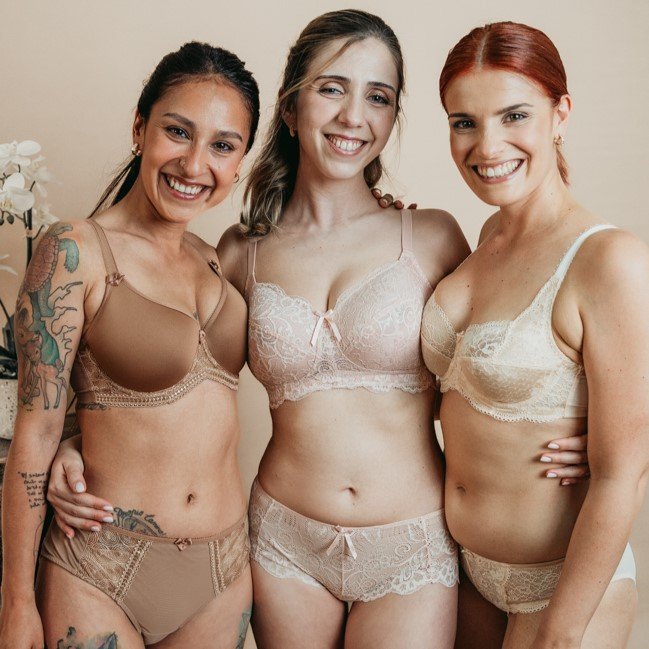
Colours: the end of the universal beige…
Woman have opened their lingerie wardrobe to colourful bras, including sensual or fun models in their everyday lifes. Or, at least, it is what the data shows: 41% of sold bras are colourful, followed by black bras at 28% and beige at 26%. Whites represent only 5% of sales, being the least chosen option. The continued decrease in the choice of beige bras is related to the opening of the market to the reality that there is not only one shade of nude. The range has multiplied, from pearl shades to soft pinks and chocolate browns, helping more woman to be able to have a bra that blends with their skin tone.
A matter of briefs…
Only 1 in 4 bras sold is bought together with briefs. It may seem a small proportion, but one that has increased over the years. We have noticed an increased awareness that briefs should go with the clothes you wear and this has led to the lingerie wardrobe to include a greater variety of models and styles. The “granny brief” concept, in other words, high waist models, have become 24% of the most chosen models. The trend of high-waist trousers, as well as the modernization of the cut, made more women choose this type of briefs that, besides being practical and comfortable, have also become sexy.
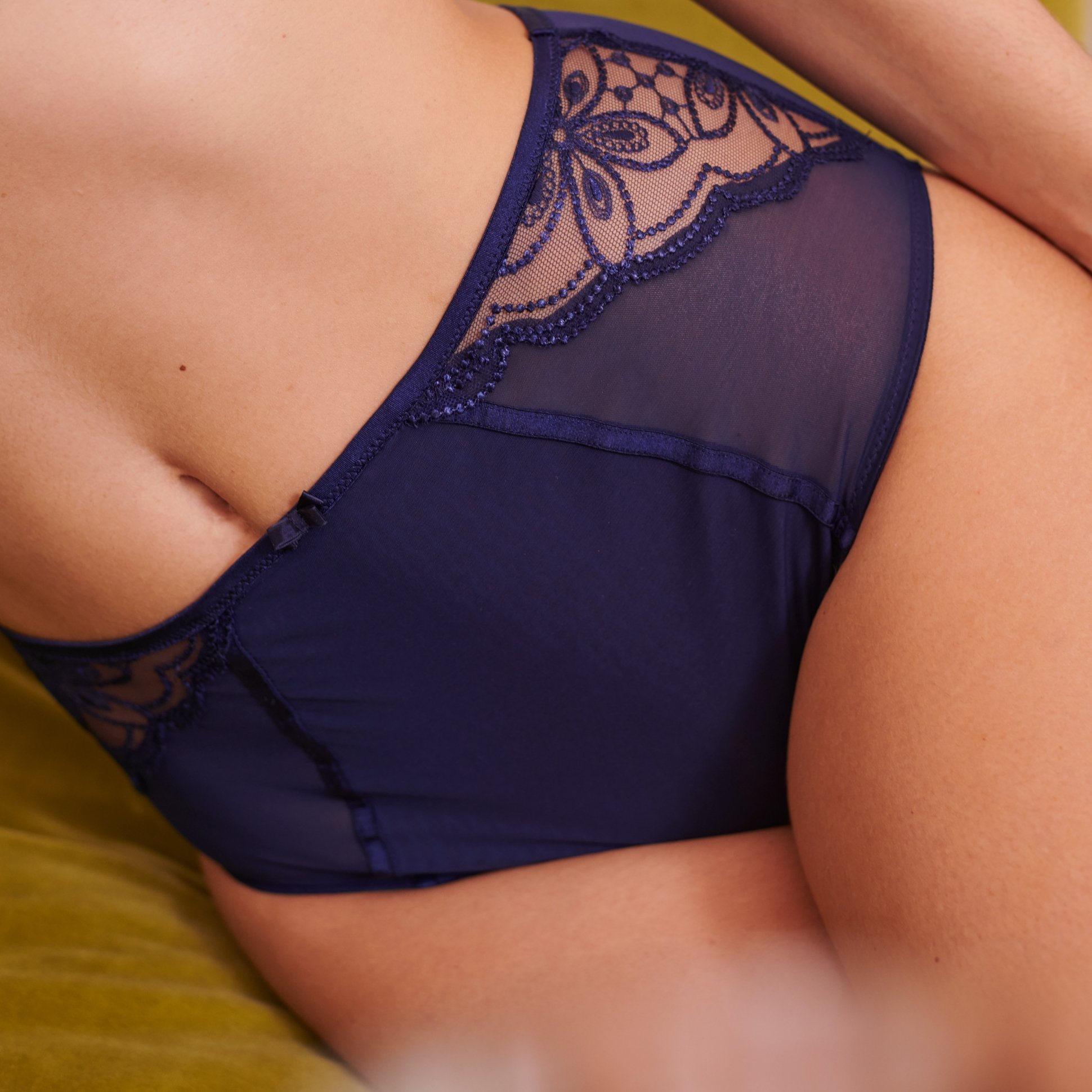
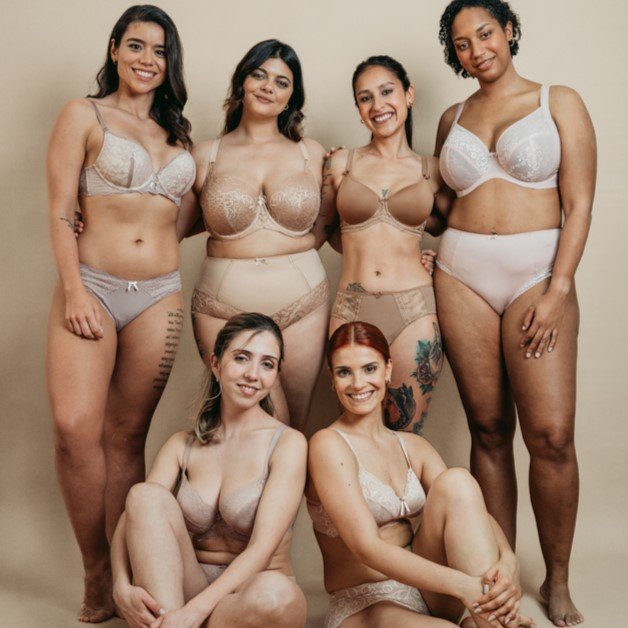
A picture of woman’s reality…
This study aims to enlighten about the bra sizes system in South Europe, the awareness woman have about its use and how something with such an impact in their everyday life still remains unknown to the vast majority. The lack of supply and advise mean that choosing the right lingerie remains a difficult task for many women.
At Dama de Copas, our mission is to help every woman find her right bra size and model and help them feeling good in their own skin. We will continue to give voice to the half society that is lost about this subject, so crucial to their well-being, so that, every day, there is less lack of knowledge.
